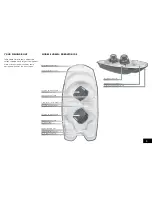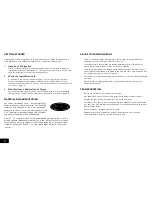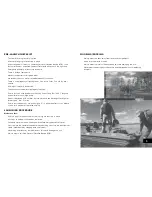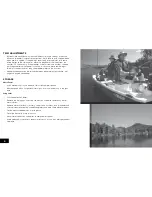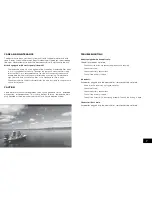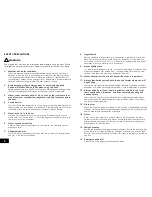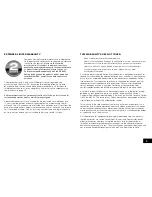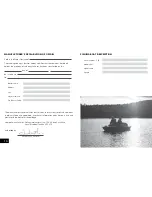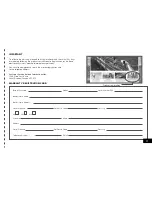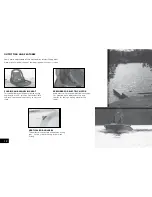
pre-launcH cHecklISt
•
Transom drain plug securely in place.
•
All other drain plugs are securely in place.
•
All passengers must wear an approved Personal Flotation Device (PFD). Insist
that children wear a certified Personal Flotation Device that is the right size.
•
Emergency paddle(s) or oar(s) are on board.
•
There is enough fuel aboard.
•
Motor(s) and battery are in good order.
•
No condensation has accumulated between hull and deck.
•
There is an emergency kit (extinguisher, horn, extra fuses, first aid kit, etc.)
aboard.
•
All weight is properly distributed.
•
Check that all accessories are properly installed.
•
Ensure that you have one bouyant heaving line at least 15m (49’3’’) long and
one bailer or manual bilge pump.
•
If boat is equipped with a motor, ensure you have one watertight flashlight or
three type A, B or C flares.
•
Ensure that the boat has navigation lights if it is operated after sunset, before
sunrise or in periods of restricted visibility.
launcHIng proceDure
make sure that:
•
All drain plugs (especially the rear drain plug) are securely in place.
•
All straps or tie-downs have been removed.
•
Outboard motor has been tilted upwards before sliding boat off of trailer.
•
You step into the center of the boat when boarding, to assure the boat remains
stable (never board by stepping onto the rubrail).
•
Never drag over rocks or sharp objects as this could damage the hull.
•
Always wear a certified Personal Flotation Device (PFD).
moorIng / DockIng
•
Always moor the boat away from rocks and sharp objects.
•
Make sure the motor is raised.
•
Always moor in water sufficiently deep to avoid damaging the hull.
•
Never moor the boat against a dock that is not equipped with hull-protecting
bumpers
5



